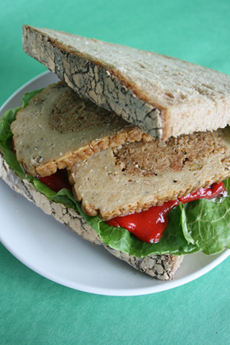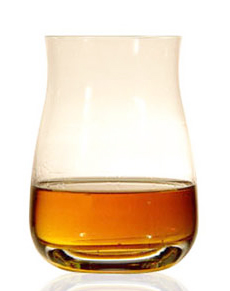| The U.S. Department of Agriculture estimates that 80% of foodborne illnesses are linked to meat and poultry. Since we want to give thanks for our health, NSF International, a public health and safety organization, has provided food safety tips to help you properly thaw, cook and store your holiday turkey. We’ve combined them along with some of our own turkey-cooking tips.
Whether you’re a seasoned cook who would like a refresher or it’s your first time preparing the big bird (sorry, Big Bird!), these tips will help you follow proper food safety guidelines for a safer Thanksgiving and a tastier bird:
- Buying The Turkey. Don’t let uncooked turkey sit at room temperature. Put the turkey in the cart last and get it home and refrigerated promptly. Bag the turkey separately and place it below other food in the refrigerator. For crisper skin, unwrap the turkey the night before roasting and leave it uncovered in the refrigerator.
|
|

A fresh, organic, free-range turkey from FreshDirect.com. |
- Thawing The Turkey. Don’t attempt to thaw a frozen turkey quickly by leaving it to sit overnight on the kitchen counter—bacteria will grow. Either place the covered turkey in a shallow pan on the lowest shelf of the refrigerator (the safest method—but note that it takes approximately 3 days for a 20 pound turkey to fully defrost) or place the plastic-wrapped turkey in a pan of cold water, changing the water about every 30 minutes. Another option is to completely submerge the turkey under a stream of lukewarm (70°F) running water, but that’s not a good use of water.
- Avoiding Bacterial Contamination. To avoid bacterial contamination, never place the turkey (or any raw poultry) directly on the counter. Keep it on a platter or in a roaster. Clean and sanitize the counter and utensils after handling raw turkey. Don’t use turkey utensils for other purposes until they have been cleaned. Similarly, be sure to wash your hands thoroughly after handling raw turkey, using plenty of warm water and soap.
- Roasting. Trussing also helps any bird roast more evenly. Then, coat the skin with olive oil or other vegetable oil, season with salt and pepper and tightly cover the breast with aluminum foil to prevent drying. About 45 minutes before the turkey should be done, remove the foil from the breast to allow it to brown. Don’t open the oven to baste; it isn’t needed, and the temperature fluctuation only increases cooking time and dries out the bird.
- Stuffing. Wait to stuff the turkey until right before putting it in the oven. Use only pre-cooked meats and vegetables in the stuffing mixture. Don’t pack the cavity; the turkey will cook more evenly if it is not densely stuffed. Cook overflow stuffing in a casserole dish—or cook all the stuffing in a separate casserole—it makes serving easier. Then, instead of stuffing, place some aromatic vegetables in the cavity (carrots, celery, garlic and/or onion) and tuck some fragrant herbs under the skin (we love rosemary). If cooked inside the bird, cook the stuffing until it reaches at least 165° F at the center. A Consider adding flavor by loosely filling the cavity with work nicely — or by carefully tucking fresh herbs underneath the breast skin. For the stuffing lovers, cook the dressing in a casserole dish on the side.
- Is It Ready? At 350°F, a defrosted turkey should take about 20 minutes per pound, and a fresh turkey 10-15 minutes per pound. Use a meat thermometer to check the turkey for doneness, even if the turkey has a pop-up timer. When the temperature reaches 165°F in the thickest part of the thigh away from the bone (that deep spot between the leg and the breast), the turkey should be done. Remove it from the oven, tent it with foil and let it rest for about 15 minutes before carving to preserve the juices.
- Carving Knife. Is your carving knife sharp? Dull knives cause accidents. There’s still time to sharpen those blades before the big day.
- Turkey Leftovers. For food safety, refrigerate any leftovers immediately. Large portions should be separated into smaller containers and covered loosely to speed cooling.
A tip from THE NIBBLE: For a moister, juicier turkey, consider brining. We’ll try to post instructions; or else, they’re easy to find online.
Need More Help With Your Turkey? Foster Farms, producers of both fresh and frozen turkeys, has its Foster Farms Turkey Helpline experts on-call 24 hours a day, seven days a week, now through November 30, including Thanksgiving Day. They can be reached at 1.800.255.7227.
|
|




